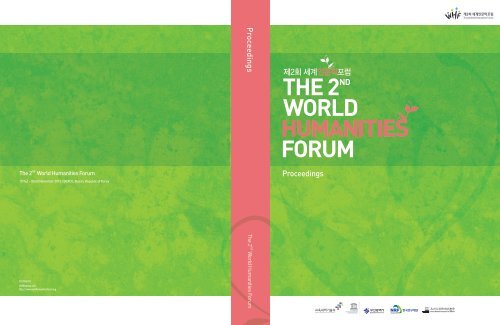
Division and war, 1945 to 1953 - The end of Colonial rule in Korea - North Korea under Soviet occupation - South Korea under U.S. Colonial Korea, 1910 to 1945 - The March First Movement - The Post-March First Period - Cultural ferment of the 1920s - Moderate and radical Nationalism - Economic development - Modernity and social change - Rural society - Wartime Colonialism, 1931-1945 - Forced assimilation - A society in turmoil : the legacy of Colonial rule - Korea in global perspective : the Korean Nationalist Movement - Korea in global perspective : Korea's colonial experience - 11. Korea in the Age of Imperialism, 1876 to 1910 - Early contacts with the West - The opening of Korea - Early reforms, 1876-1884 - The Chinese decade, 1885-1894 - The Tonghak Rebellion - Kabo reforms - The Russian ascendancy and the Independence Club - The Russo-Japanese War and the Protectorate - The Protectorate, 1905-1910 - Korea in transition - Korea in global perspective : Korea in the Age of Imperialism - 10.

Late Chosŏn, Early Eighteenth Century to 1876 - The politics of Late Chosŏn - Late Chosŏn and the Confucian World Order - Korean travelers to China and Japan - Taxation and reform - Agriculture - Commerce and trade - Cultural flowering of Late Chosŏn - Sirhak - Everyday life - Korea in the Nineteenth Century : the "Hermit Kingdom" - Internal problems in the Nineteenth Century - Korea in global perspective : the Hermit kingdom? -, 9. Chosŏn society - The family - Women during the Yi Dynasty - Social structure - Slaves and outcastes - Crime and punishment - Religious beliefs and practices - Philosophy - Arts, literature, and science - Technology and inventions - Korea in global perspective : women in Korea - Korea in global perspective : Chosŏn social hierarchy - 8. The Neo-Confucian revolution and the Chosŏn State, 1392 to the Eighteenth Century - Establishing the Yi Dynasty - The Neo-Confucianist project - The Chosŏn state - The Censorate and the Classics Mat - Historians - The examination system - Education - Agricultural improvements and the state - Military and foreign affairs - The Japanese and Manchu invasions - Competition for power among the elite - Chosŏn politics in perspective - Korea in global perspective : Chosŏn as an ideologically driven state - 7. Military rulers and Mongol invaders, 1170 to 1392 - Military rule - Sŏn Buddhism - Korea, Japan, and Feudal Europe - The Mongol invasions - The legacy of the Mongol period - Late Koryŏ society - The end of the Koryŏ - Late Koryŏ culture - The rise of Neo-Confucianism - Korea in global perspective : the Mongols and Korea - 6. Koryŏ, 935 to 1170 - The new Koryŏ state - Koryŏ in East Asia - Internal politics, 935-1170 - Koryŏ culture - The Samguk Sagi - Koryŏ society - Korea in global perspective : Koryŏ's examination system -, 5. Late Silla, 676 to 935 - The peninsular kingdom - Consolidation of central monarchical rule under Silla, 676-780 - Silla and the Chinese model - Supporting the Silla state - Silla society - Religion and aristocratic culture - Silla and its neighbors- Parhae - The decline of Silla - The later Three Kingdoms - Korea in global perspective : Silla's rise and fall - 4.

The period of the Three Kingdoms, Fourth Century to 676 - The emergence of the Three Kingdoms - The Wa and Mimana - Korea and Northeast Asia in the Fourth and Fifth Centuries - Culture and society of the Three Kingdoms - The Bone-Ranks, the Hwabaek, and the Hwarang - The changing environment of the Sixth and Seventh Centuries - The unification of Korea under Silla - Korea in global perspective : state formation - 3. The origins - The Koreans - Early inhabitants - The age of rice farming begins - Sources for Early Korea - Chosŏn - The Chinese commanderies - Chinese commanderies and their neighbors : the Northern peoples - Chinese commanderies and their neighbors : the Southern peoples - Politics of the Third Century - Korea in global perspective : 5,000 years of history - 2.


 0 kommentar(er)
0 kommentar(er)
